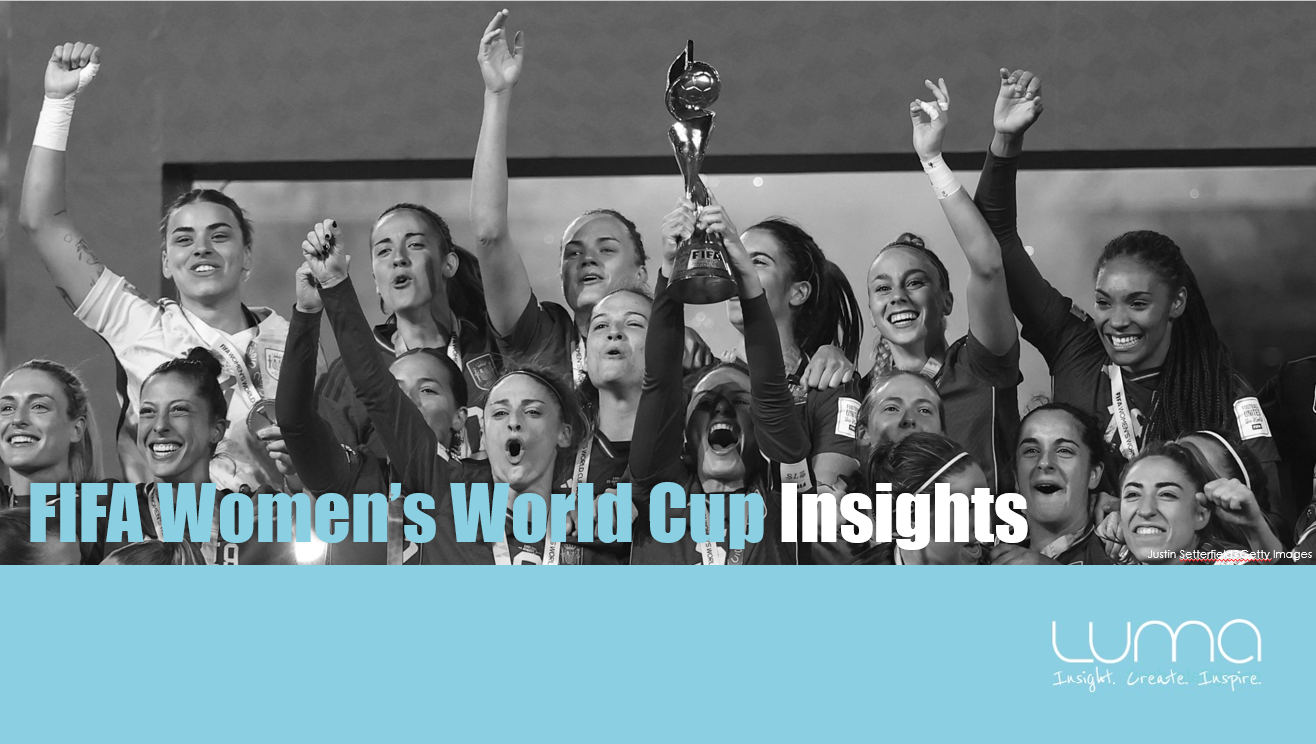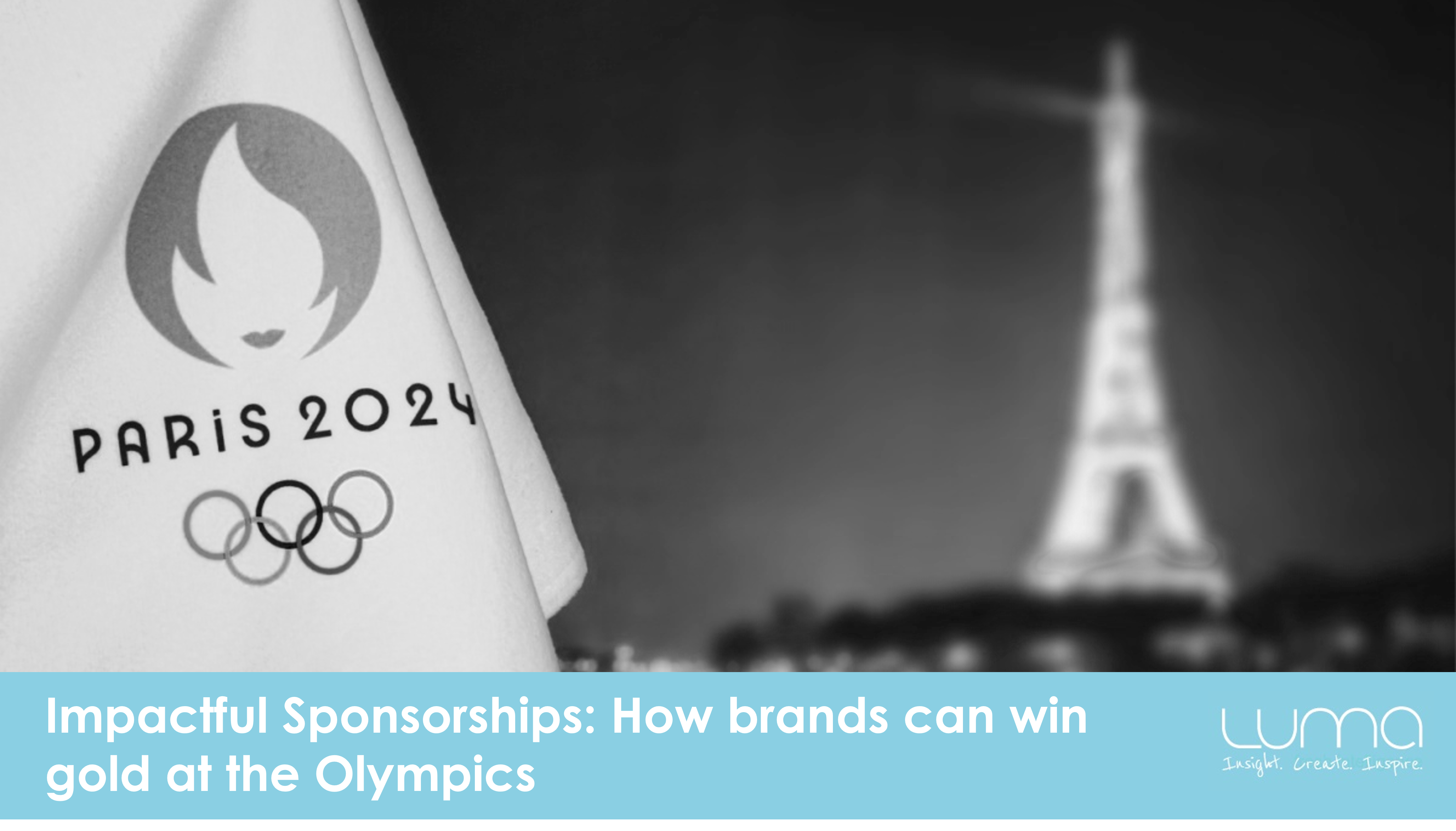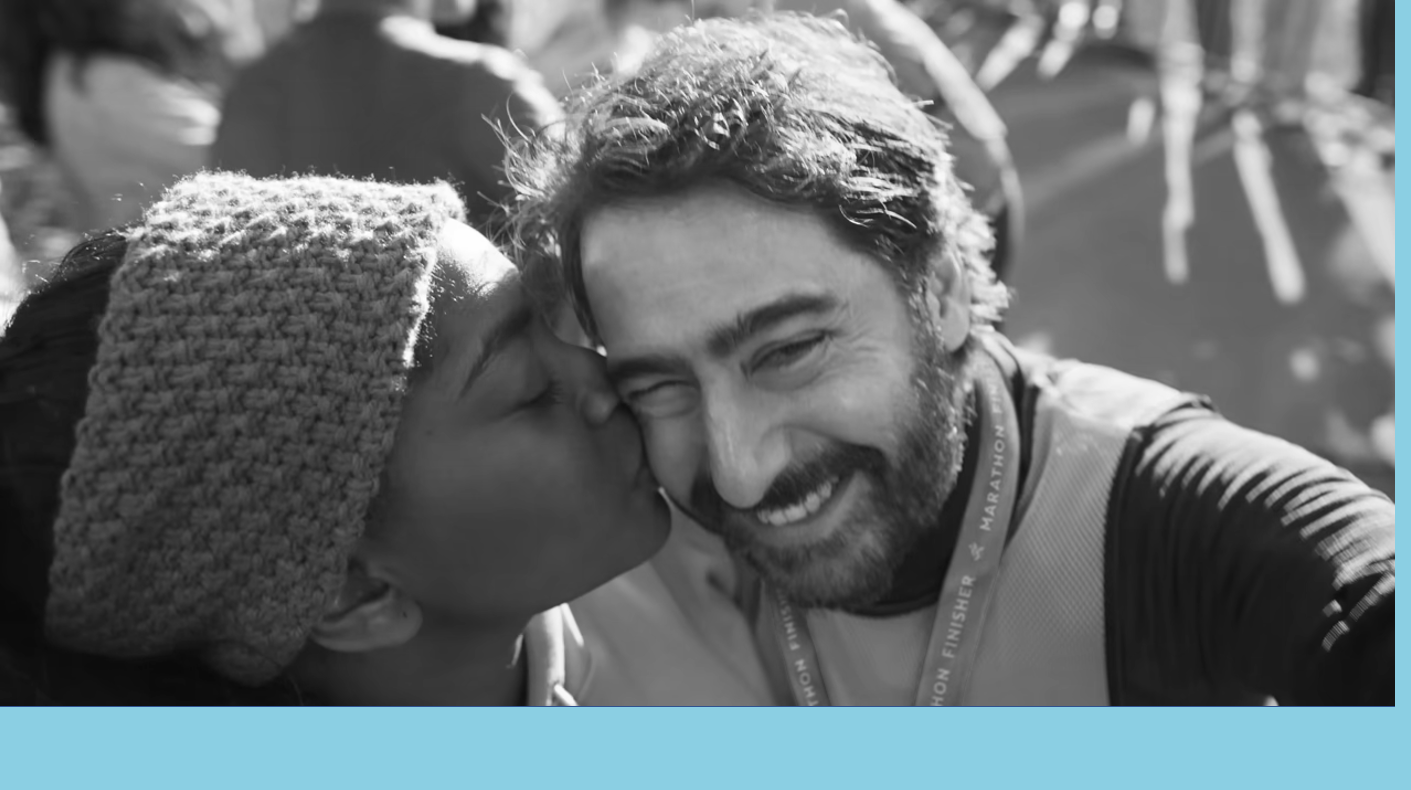The world is eagerly awaiting the start of the Paris Olympics and Paralympics. Media coverage is set to reach new heights, using advanced digital platforms and innovative broadcasting techniques to bring the event to a global...

The FIFA Women’s World Cup is the biggest female sporting event in the world and the 2023 tournament is the biggest and best sporting event this year. Followed by billions worldwide, it set new records both in terms of viewership and attendance. Huge congratulations to Spain for taking out a decisive victory to be crowned the 2023 World Cup champions and to the Matildas for their incredible success on and off field. The event showcased world-class football, inspired a new generation of athletes, challenged traditional gender norms and fostered inclusivity and diversity in the sporting world.
The tournament's global reach and influence created an unparalleled opportunity for brands to connect with consumers on a meaningful level and leave a lasting impression. The brands associated with the FIFA 2023 Women’s World Cup tapped into the passion, the engaged audience and demonstrated their commitment to supporting women's empowerment and equality. It is a win win scenario with brands contributing to the growth and advancement of the sport while simultaneously enhancing their own brand reputation. Not surprisingly, many of the big brand sponsors produced new campaigns and being curious at Luma we wanted to see what we could learn from them.
We partnered with PureProfile last week and interviewed over 500 Australians about the key sponsors’ campaigns. Our research confirmed that this year’s World Cup brought in many new fans - around half of those surveyed claimed this is the first time they have watched a FIFA Women’s World Cup. And the majority claimed to watch the games on TV at home or with friends.
And from an advertising perspective, this meant that the ads were seen…and seen by everyone!
Recognition of the ads was strong – best for the Visa and Hyundai ads. And interestingly, the ad reach was consistent across the age demographics. As we all know, it is getting harder to reach younger people on linear TV but this was one of those rare monolithic events that had our attention regardless of age.
|
|
Ad Recognition for those who watched |
|
Visa |
57% |
|
Hyundai |
51% |
|
Coke |
45% |
|
Adidas |
42% |
|
Nike |
39% |
Our research shows that Hyundai’s ‘Goal of the Century’ is a strong performer capturing a high level of attention by being original and memorable. The captivating storyline takes viewers on a history lesson of women’s soccer with gripping visuals and at a compelling pace which is engaging. The ad features some of the sport's most legendary moments from 1850 up to the present day. According to Sungwon Jee, Senior Vice President and Global Chief Marketing Officer at Hyundai Motor Company the ad was designed to continue to foster inclusivity and equality throughout the sports world”
We found the ad to effectively generate strong empathy with viewers who like seeing the significant progress, describing it as ‘confidence’, ‘advancement’, ‘achievement’ and ‘quality’.
Nike’s ‘Flip the Game’ featuring Sam Kerr was one of 11 ads Nike created for the 2023 World Cup. Like the Hyundai ad, the Nike has also attracted strong Attention in Australia, and our testing shows it was one of the most engaging. With a great soundtrack and capitalising on Sam’s brilliance and popularity, the ad was highly likeable and relatable. Viewers talked about Sam being the ‘real deal’ and they liked seeing the diversity and reach of her influence with so many fans showing their involvement with the game. The clever casting is the key driver of attention in ‘Flip the Game’.
Coca-Cola is a longtime sponsor of many sports events and in doing so has created some of the most iconic ads. This year at the FIFA Women's World Cup they took a nostalgic approach with the continuation of their ‘Believing is Magic’ campaign. The ad features American player Alex Morgan, NZ player Katie Bowden and Aussie Ellie Carpenter and tells us a little about who they were before being on soccer's biggest stage. Viewers loved these backstories and found them easy to understand and follow. According to Coca-Cola, their partnership with FIFA Women’s World Cup “embodies the optimism, inclusion, equality, and progress that drives the world of sports and inspires us all” and the ad communicates this. Our research confirms this showing strong viewer empathy and likeability.
Adidas's World Cup campaign, “Play Until They Can't Look Away” features a who's who of soccer players passing to each other which leads to a bit of a mess in a supermarket. The lineup of stars include Alessia Russo, Lena Oberdorf, Mary Fowler and Lionel Messi who showcase their skills alongside Adidas’ stylish streetwear. Interestingly this ad also features a bit of nostalgia/history with Beckham and Jenna Ortega, joining in on the action. While most loved the action and the soccer stars and our ratings show it is engaging and likeable, one area of opportunity is to connect with those who find it too complex and hard to follow.
Visa’s ‘Behind Every Number’ ad had the strongest reach of all the ads and also the highest level frequency. Given so many people felt that they had seen the ad a lot, by the end of the campaign it is now showing some signs of wearout. Despite the wearout viewers still engaged with the story of the young girl and her journey to becoming a soccer star. Overall liking was also strong – particularly for those aged under 44 years and this was driven by the strength of the casting which resonated well.
The FIFA Women’s World Cup has become far more than a soccer tournament; it’s a celebration of resilience, empowerment, and inspiration for women across the globe. The ads not only capture the essence of the sport but also drive meaningful messages that resonate with viewers of all ages. So, lots to celebrate amongst the sponsorship ad campaigns. The ads were noticed and seemed to nail the tone with an upbeat sense of positivity and celebration that resonated. And this was appreciated by the audience with around 60% of them who claimed to feel better about brands who showed their support.
If you would like to know more about how these ads performed, we have case studies to share – please get in touch!
From the blog


